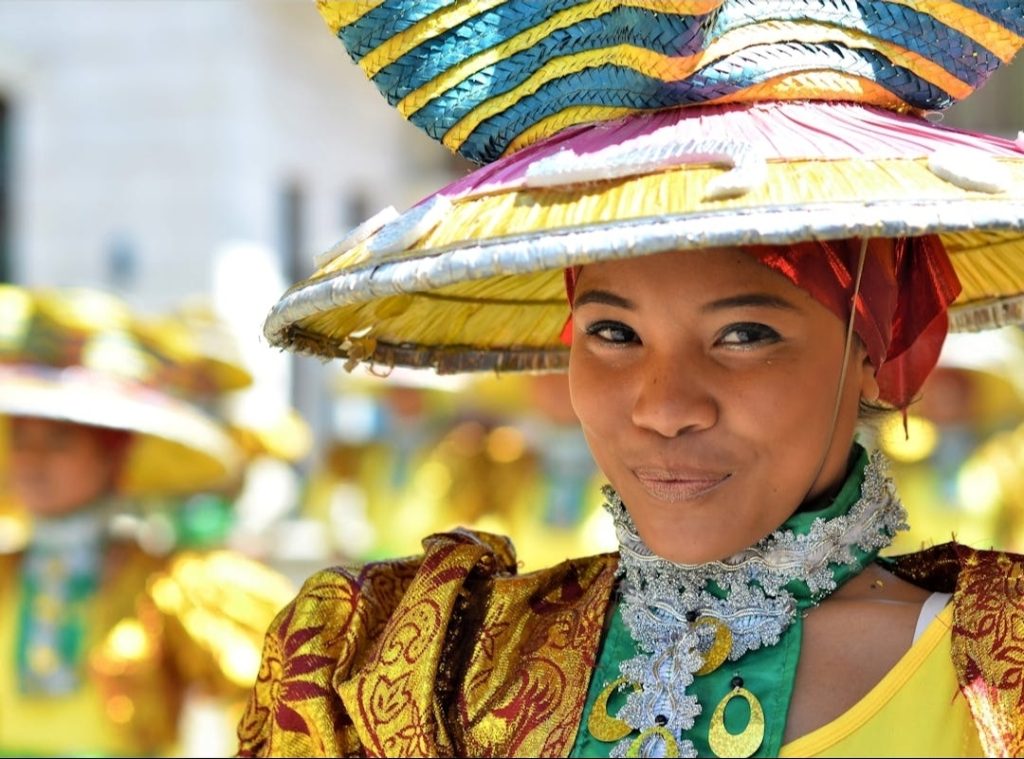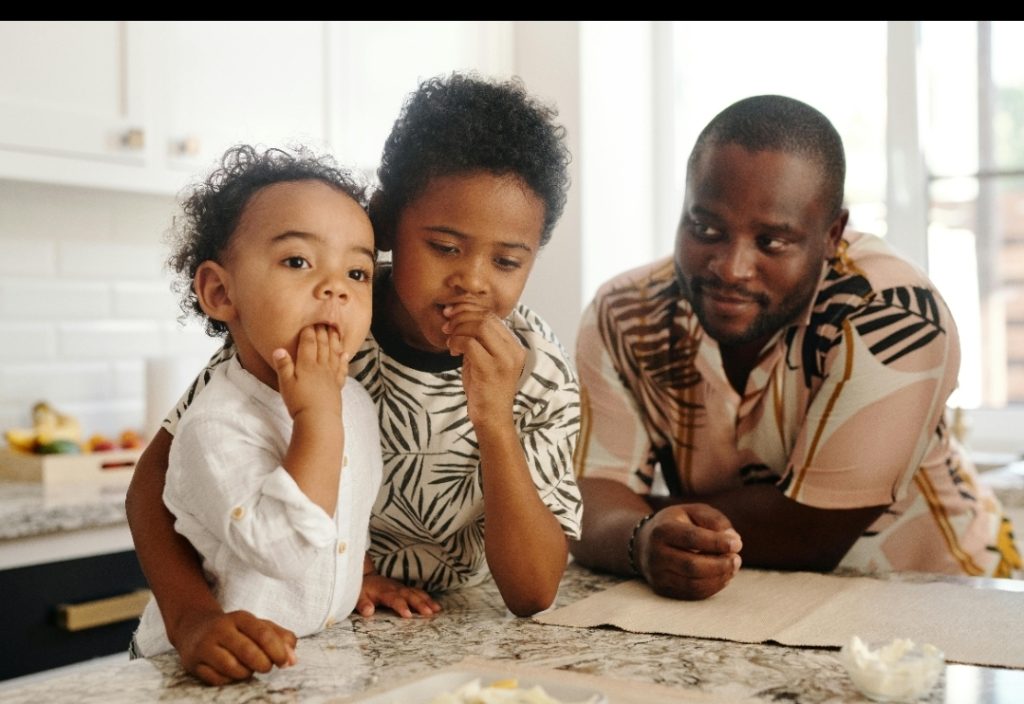Lucy has left a lasting impression on the American psyche that continues reverberating through the generations. Almost anyone could recognize that mischievous smile, bright blue eyes, and pinned-up red hair from anywhere, regardless of whether one has seen the show.
I Love Lucy centers around the quick-witted housewife Lucy Ricardo, who tries to rid herself of domestic life by constantly scheming to get out of the house or to become a star. Her husband, Ricky Ricardo, is the band leader at a local nightclub. He does his best to dissuade his wife from her spontaneous ideas but nonetheless gets dragged into her shenanigans. The Ricardo’s and their friends, Frank and Ethel Mertz, often find themselves in hilarious predicaments thanks to Lucy’s talent for finding mayhem in the mundane. The visionary behind the character, Lucille Ball, made the show the enduring classic it is today.
The history behind the creation of I Love Lucy is a testament to Lucille Ball’s courage and faculty during a time before the women’s suffrage movement. Ball started as a model in New York and became the face of Chesterfield cigarettes in 1931, opening the door to opportunities on the silver screen. She soon performed in many independent films, eventually meeting her husband, Desi Arnaz, on the Too Many Women set, and they eloped shortly after production.
In 1948, Lucille landed the lead part in a radio comedy show called My Favorite Husband, which followed a housewife’s misadventures that her husband helped resolve. After about three years of nationwide success, executives wanted to adapt the radio show for television. They offered Ball the lead role. But Ball had other ideas. She wanted her husband, Desi, to be cast alongside her. Network executives refused to hire Arnaz because he was a Cuban-American actor with an accent, and there had never been an interracial couple on television before. Holding her ground, Ball walked away from the deal. Instead, the Arnazes decided to tour their husband-and-wife comedy sketch show, becoming a sensation in less than a year. This time, television producers didn’t hesitate to give the dynamic duo their show, I Love Lucy.
With only three television stations to flip through, the eccentric Lucy quickly won over American families. Ball set herself apart from the dutiful homemaker persona by putting herself into physically demanding comedic sketches as a rebellious housewife. She wasn’t afraid to look foolish and act ridiculous; instead, she shined brightest in the absurd. The Ricardos and their friends were relatable, lovable, and hilarious. I Love Lucy sat at the top of the charts for four out of six seasons and won 4 Emmy nominations, with Ball winning best comedienne and continuing performance.
I Love Lucy was the first sitcom to film with three cameras simultaneously, branching off from traditional TV’s single-shot takes. Multiple camera angles became the standard for today’s familiar sitcom style. This approach to filming also allowed the show to broadcast reruns, the first in television history. It was also filmed in Hollywood rather than in New York, the most common location for filming, which helped push the shifting wave of show business to Los Angeles. But for all of the show’s innovations, it was not without its controversies.
By the second season, Lucille Ball was pregnant with her second child, and everyone feared the network would cancel the show. It was taboo for pregnant women to be on screen, even though the show Mary Kay and Johnny had depicted pregnancy a few years earlier. However, television sets became more common when I Love Lucy aired in 1951. Plus, the sheer scale of the show made producers nervous to continue filming. After deliberation between executives and the show’s crew, America’s favorite sitcom would continue without falter.
Ultimately, the script never uttered the word “pregnant”; instead, actors used the term “expecting,” and the show changed its focus to parenthood. The anticipated episode in which Lucy Ricardo had her baby aired the same day Lucille Ball had her baby. The coincidence was already planned in Lucy Goes to the Hospital, and 44 million Americans tuned in. The following day was Dwight D. Eisenhower’s inauguration, which received half the viewership garnered by Lucy and her newborn, Little Ricky.
Although the iconic series ended in 1957, a collection of thirteen specials, The Lucy-Desi Comedy Hour, aired from 1957 to 1960. Lucy and Desi divorced in 1960, but Ball and her beloved character were already symbolic of a changing American landscape. Ball reintroduced Lucy as a widow living with her divorced best friend, Ethel, in The Lucy Show, which aired from 1962 to 1968. Ball continued to don Lucy in a few different shows afterward, but nothing topped the success of I Love Lucy.
The black-and-white sitcom, with its relatable characters, everyday situations, and reliance on physical comedy, produced a timeless classic that transcends generations. You could watch I Love Lucy on mute and still find yourself laughing at its ludicrous, action-packed plots. Lucy’s larger-than-life personality challenged societal norms, paving the way for future generations of women comedians and leaving an indelible impression on television history. To this day, America still loves Lucy.
Her Nexx Chapter invites you to join our free Community where women from around the world are connecting with each other’s stories, exploring different experiences, and transforming ideas.
The Future of Connection for Women








0 Comments